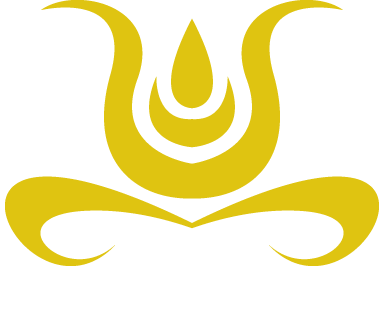Breaking out of your business activity trap prison
/By: John D. Laslavic, LPBC
Business owners, CEOs and senior executives face a myriad of challenges in today’s business environment. Many of the challenges are related to understanding the ever-evolving business, economic, technology and political environments - not to mention the specific technical business changes presented in the professional field you and your team members embrace.
New and exciting products and services are continually being introduced to the market. These new business tools are available today and can be incorporated to assist your businesses to improve overall performance and profitability. However, the challenge we face is to find the time to invest in learning, adapting systems, and incorporating the new technology, tools and services while adjusting our current processes, maintaining our business efforts and dealing with a hundred other things. We must also keep the company mission in mind and lead our teams to success. This is no small task.
The trap we face is that it takes time, money and focus to step out and properly delegate our responsibilities and hold our associates accountable for results we have agreed upon. Stepping out of these day-to-day activities takes a tremendous amount of energy and effort. We get stuck in the business activity trap prison without a focused plan, resources and support. We do the same operational things that are important, day after day, subjecting our businesses to short term success but future harm. While our businesses earn revenue today, we sacrifice tomorrow. If you, as a leader, are not planning, looking at new innovations and adapting to the anticipated future environment, then who is? The answer is no one.
We know we must be open to change to be relevant in the long-run. We should be developing, introducing improvements, testing new tools and systems to help our associates but also to free ourselves from day-to-day technical and recurring business functions. Our goal must be to create, innovate and deploy better systems that produce more sales revenue and reduce our costs to gain a higher overall profitability. We can continually strengthen and grow our businesses through this process and applying best practices.
ThistleSea coaches have a fourteen-year track record of helping business owners, CEOs and senior executives free themselves from the business activity trap prison. This allows them to benefit from a more profitable business. In addition, ThistleSea clients understand the future, position their companies correctly and create a better life for themselves and their families with more time to pursue the things they value the most.
Give us a call for a complimentary discussion to see if a ThistleSea business coach might help you escape your business activity trap prison by starting the discovery process to build your action plan. Don’t hesitate to give us a call today.
“Because your business should lead to Abundance.”



